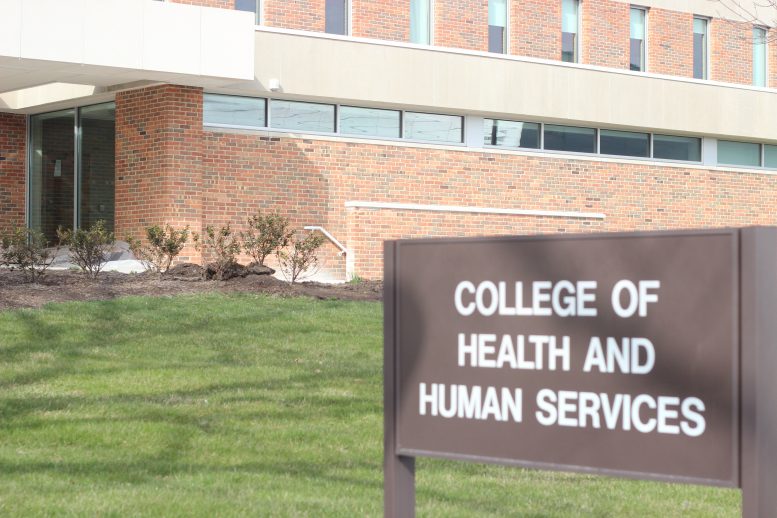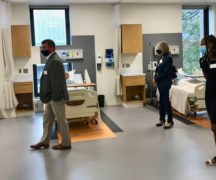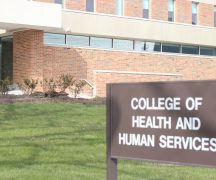By DAVID DUPONT
BG Independent News
Like a cell that splits in order to reproduce, the nursing collaboration between Bowling Green State University and the University of Toledo is coming apart.
The goal is to graduate more nurses, said Interim Dean Sue Houston.
The institutions announced this week the end of the collaboration which dates back to about 1972, Houston said. Originally BGSU’s partner was the Medical College of Ohio, before its merger with UT.
It was UT, she said, that initiated the dissolution of the collaboration. “The University of Toledo approached us about their desire to be independent and pursue the nursing programs on their own,” Houston said. Once BGSU officials studied the options they realized it offered opportunities for BGSU as well.
The separation has been “very agreeable” and “collaborative,” she said.
There will be no change for either students already in the program or the class that enters in fall. Students who enter in fall, 2019 will be in the new program.
Houston said the university now enrolls 100-120 students in a class. About 50 move into the clinical rotation.
The culling of students after the second year is rigorous. All the pre-nursing students are ranked based on their performance in the first two years of pre-requisite courses and only the top students are accepted into the clinical rotation. Some are able to continue in a small collaboration with Mercy College.
For some students “nursing may not be the major for them,” Houston said. “They don’t quite understand the science they need.”
But “there are a many great students who might not quite have that GPA and might be great nurses, and it’s frustrating right now that we’re not able to meet the needs of those students. … It’s a very, very competitive process to get into the clinical rotation.”
In some semesters the standard is higher than to get into medical school.
By moving more pre-nursing students along to the clinical stage without lowering standards, “there’s great potential for this thing to grow larger.”
(Two years ago, then Vice President for Academic Affairs John Fischer expressed concern about the impact of students taking College Credit Plus courses and not realizing how getting a low grade while still in high school could foreclose future options. Nursing was his prime example.)
Graduating more nurses would address the growing demand for nurses.
In making the announcement, the universities cited the Bureau of Labor Statistics: “Registered nursing is among the top occupations in terms of job growth through 2024. The nursing workforce is expected to grow by 16 percent to 3.2 million by 2024 with more than one million job openings for nurses due to growth and replacements.”
Also, being phased out and then recreated by the individual institutions is a program to help nurses who have an associate’s degree or diploma earn their bachelor’s degree. Such a program is in line with BGSU’s push to develop programs for what it now calls “post-traditional” students.
The demand for nurses extends beyond the acute care provided in hospitals, to community health centers and doctor’s offices, Houston said. BGSU will work with partners such as the Wood County Hospital to offer those as part of the clinical rotation.
“There are many sites for clinical experiences outside a hospital setting,” Houston said.
Houston is in her final few weeks as interim dean.
Late in June, James Ciesla, now associate dean for research and resources in the College of Health and Human Sciences at Northern Illinois University, will become dean of the college.
Houston said that Ciesla oversaw a large nursing program at Northern Illinois. That experience should serve him well as BGSU develops its nursing degree.





